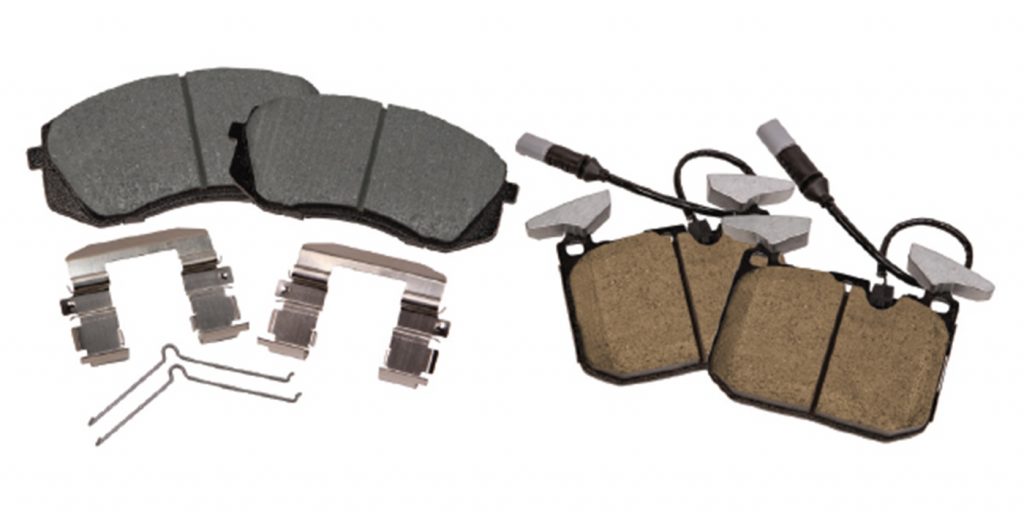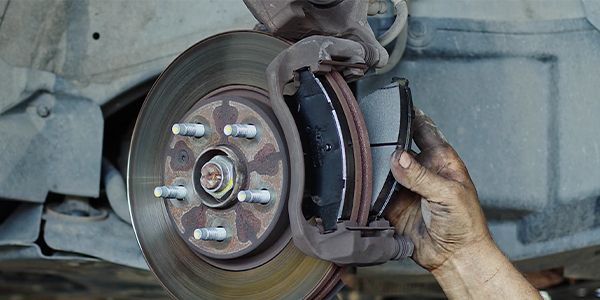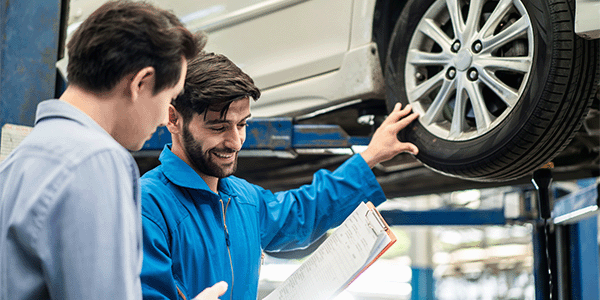Many manufacturers require you to bed in brake pads after installation to ensure proper traction between the brake pad and rotor. This stop-and-go process, sometimes called “burnishing,” alters and usually increases the coefficient of friction between the rotor and pad to ensure stable braking power.
Despite the common use of this practice, however, not all brake pads require breaking in. Akebono’s ultra-premium ceramic disc brake pads do not require this step because they are precision engineered to perform and mold to your rotors over time. Thus, there is no specific burnishing procedure needed with Akebono brake pads.
When installing Akebono brake pads, installers should follow all other procedures according to specification. Old rotors should be replaced or resurfaced, and the hub-mounting surface should be cleaned thoroughly and inspected for excessive runout. Once Akebono’s brake pads have been installed, the job is complete and pads are ready for use, which saves time and increases bay utilization.
Trust Akebono quality to not only eliminate the extra steps and costs of bedding in, but to also ensure your customers stop safely and smoothly every time.
Akebono manufactures 100% of its Pro-ACT, EURO and Performance Ultra-Premium ceramic brake pads in the USA. Visit akebonobrakes.com for more information.
Courtesy of Akebono















